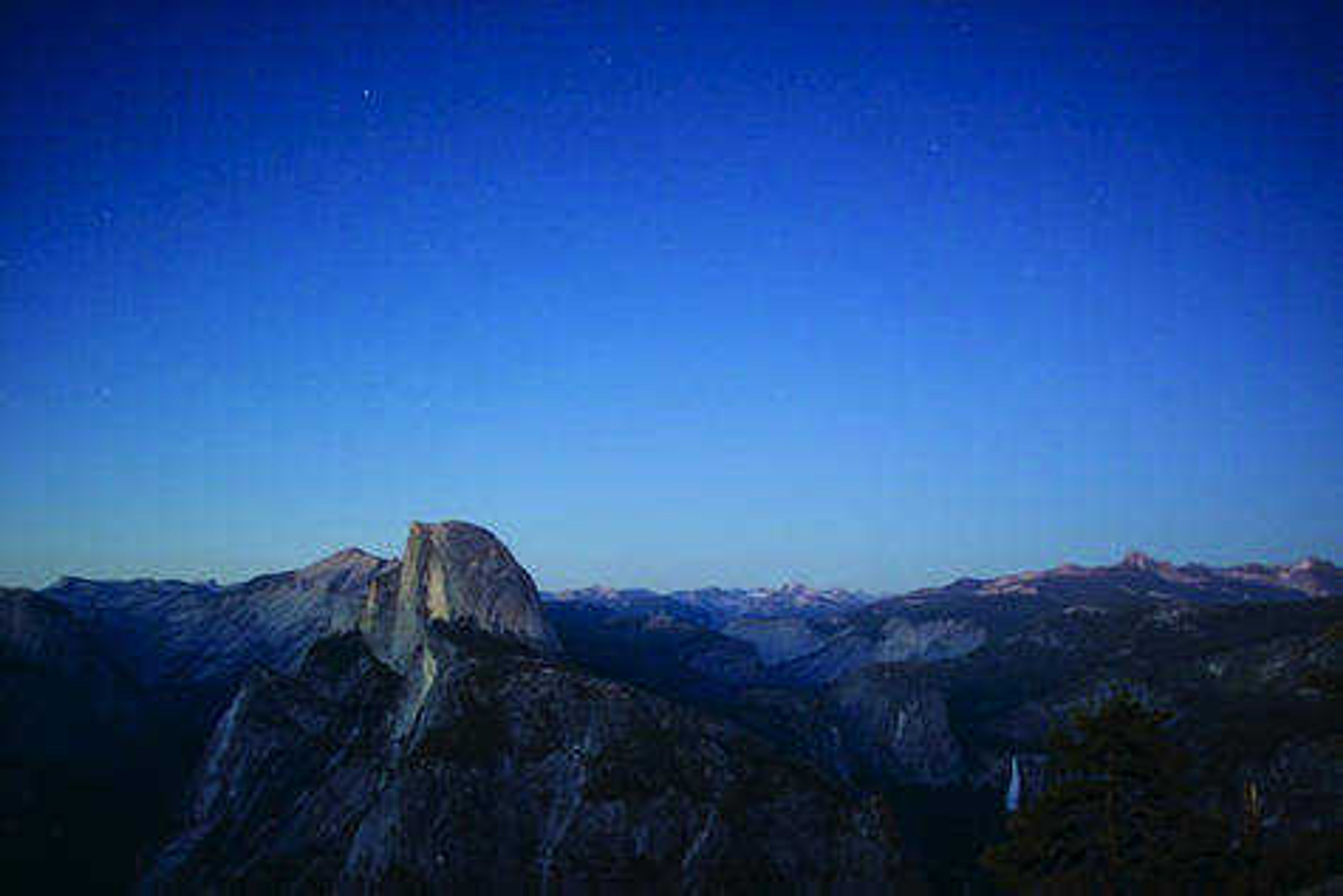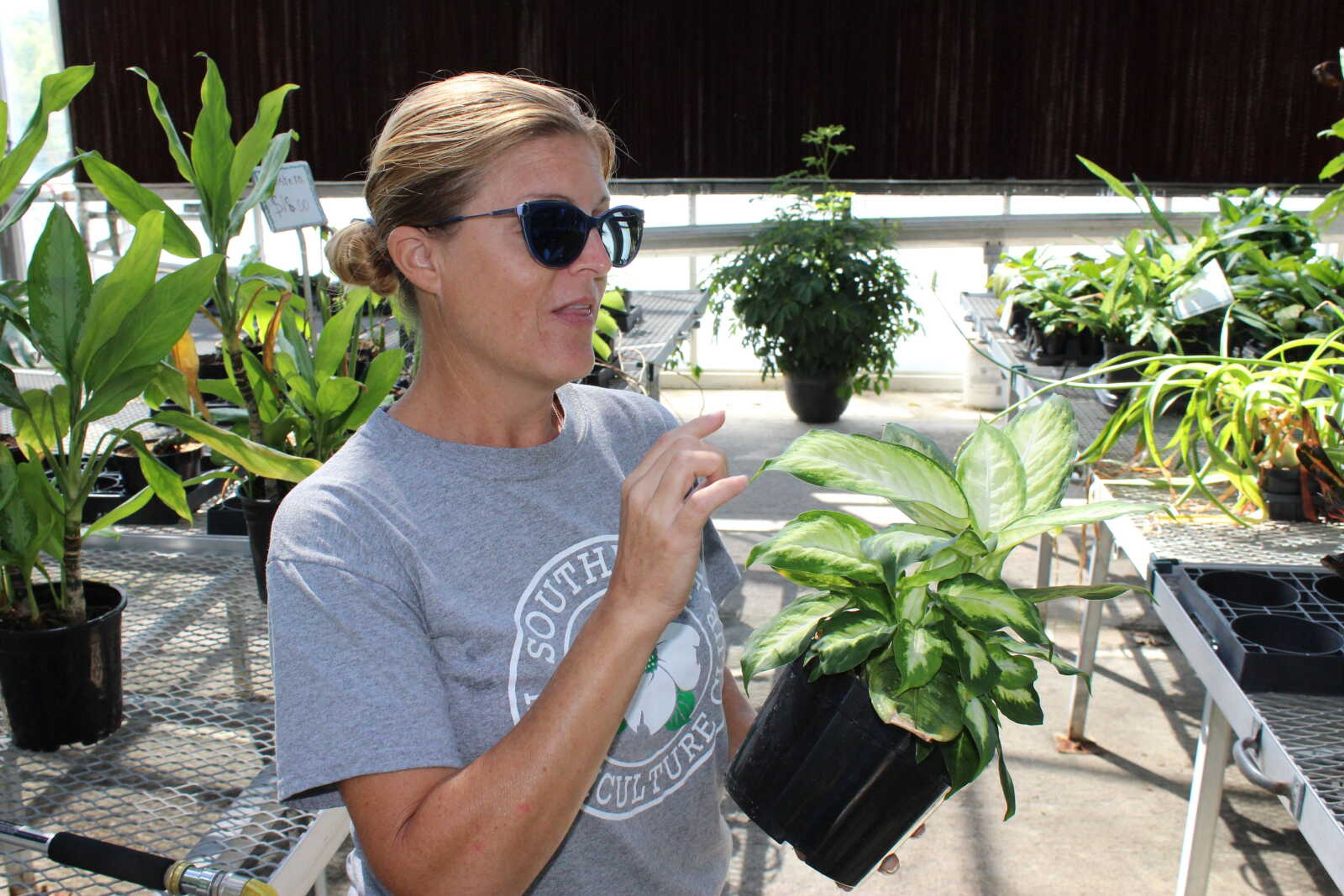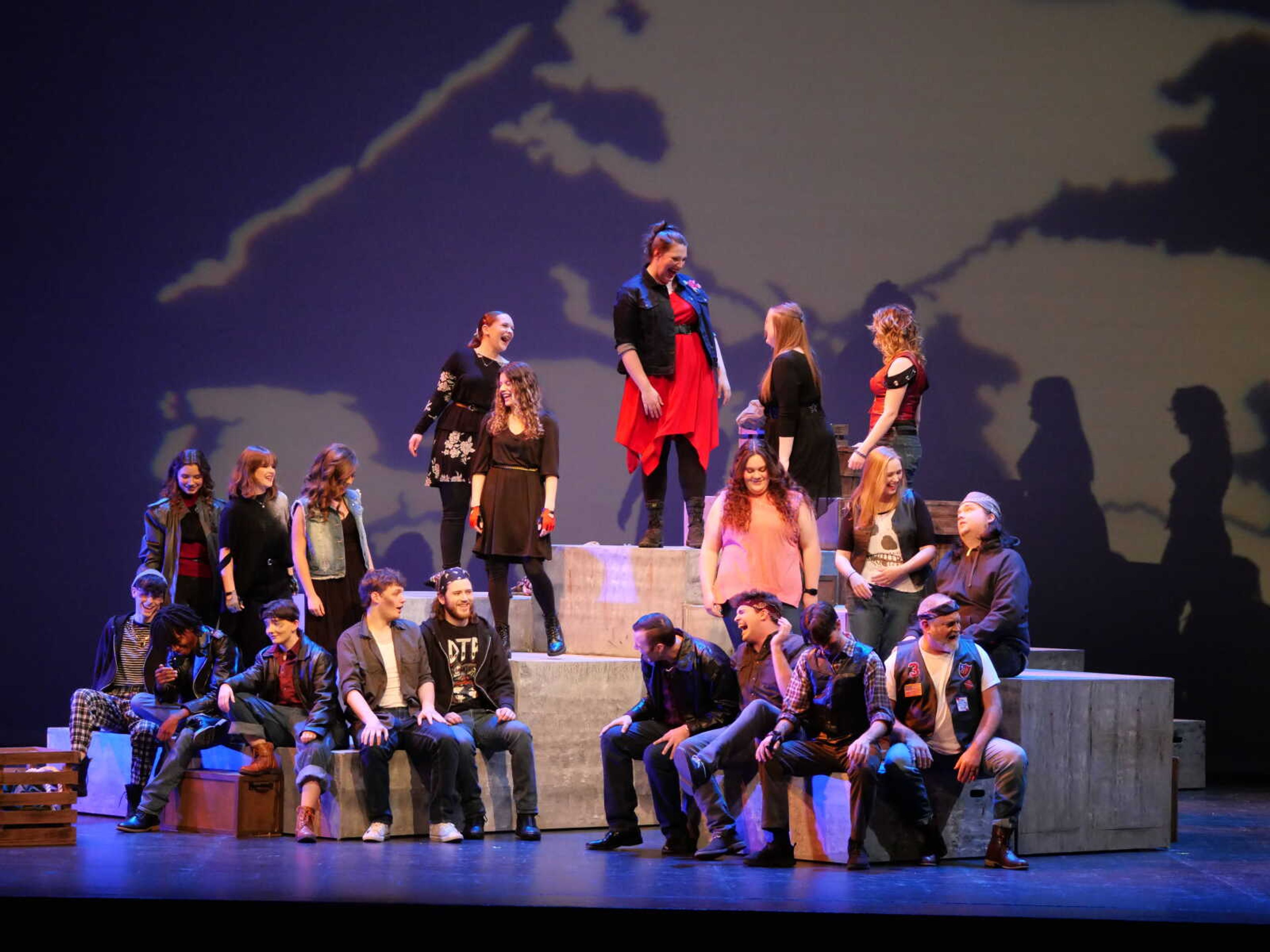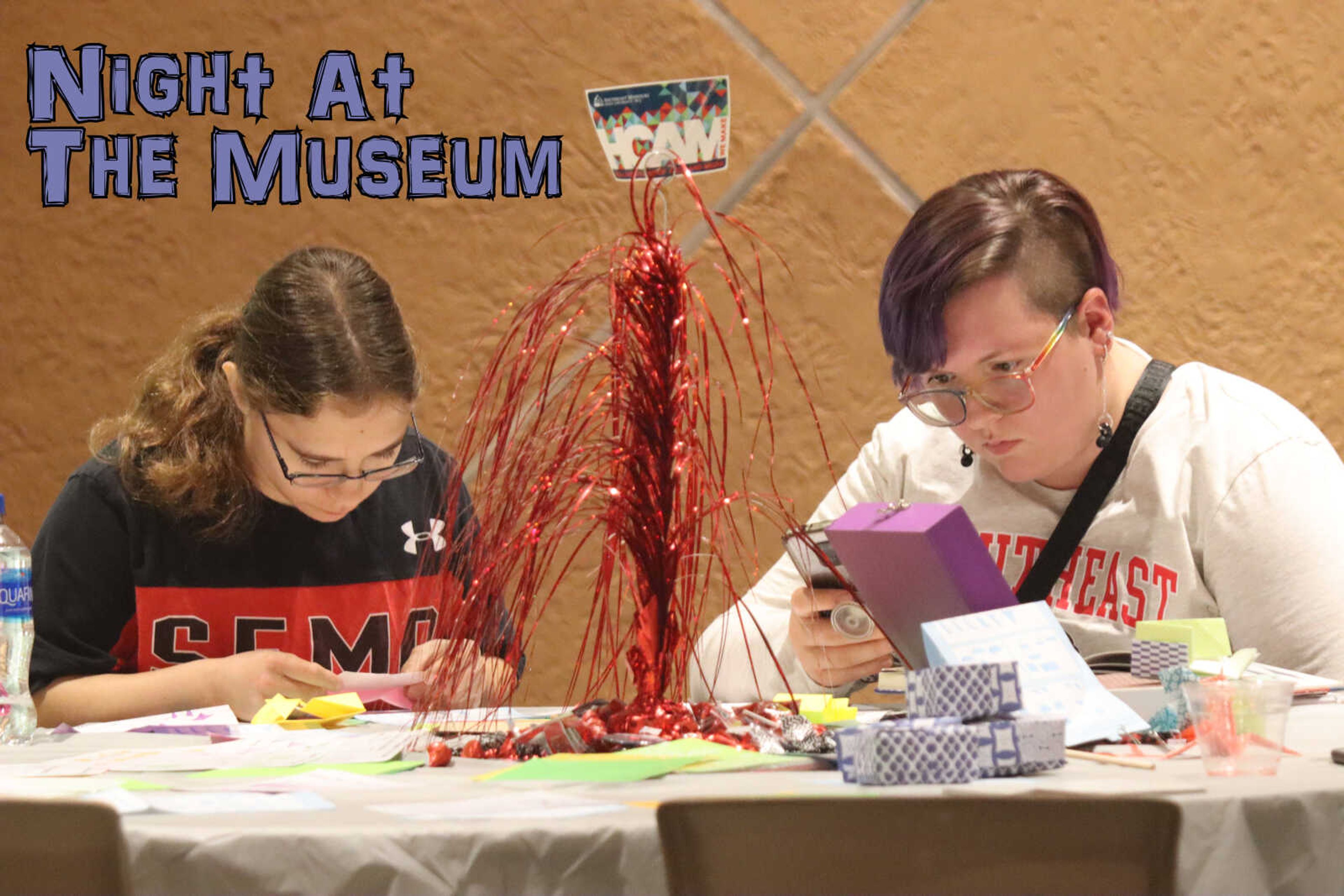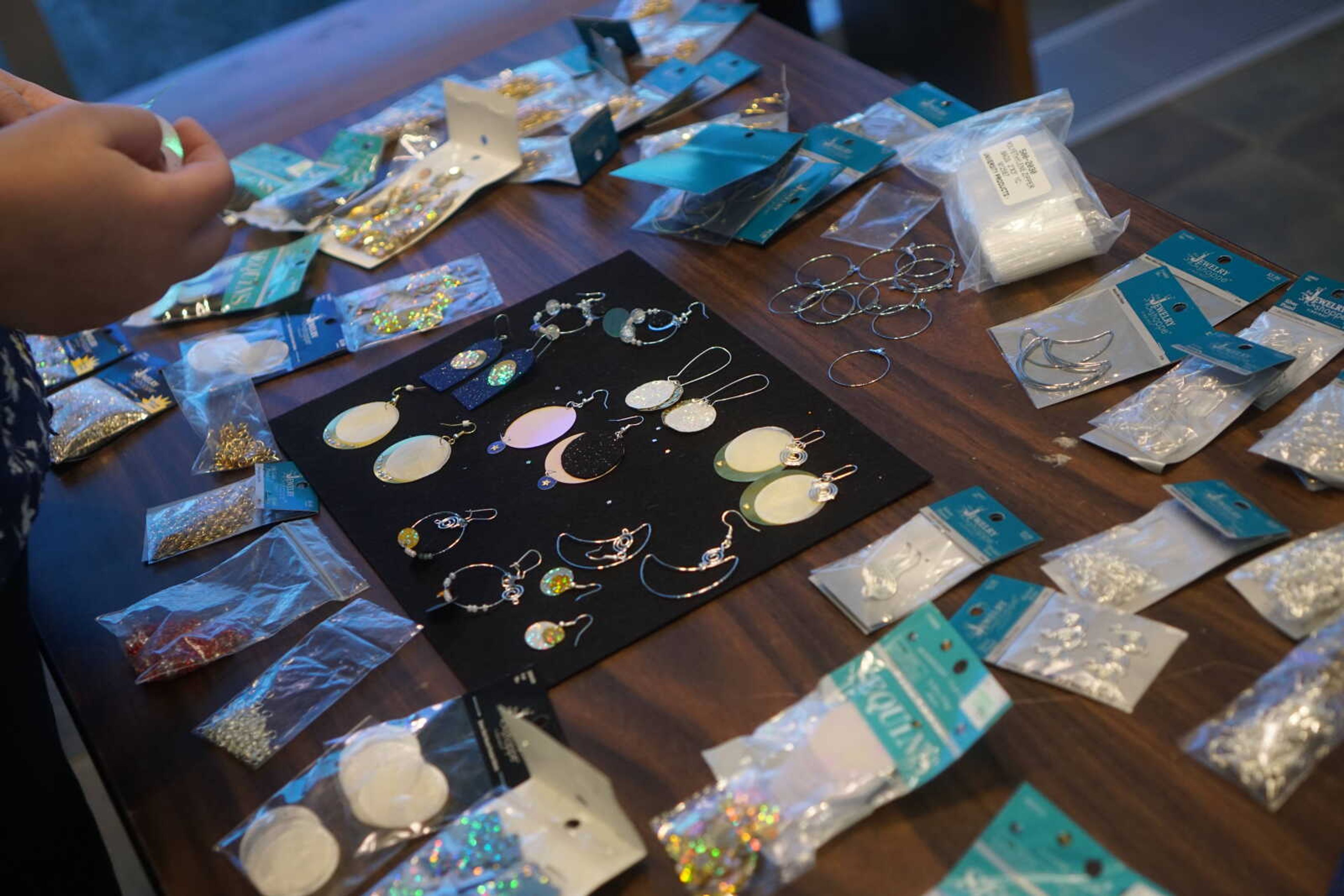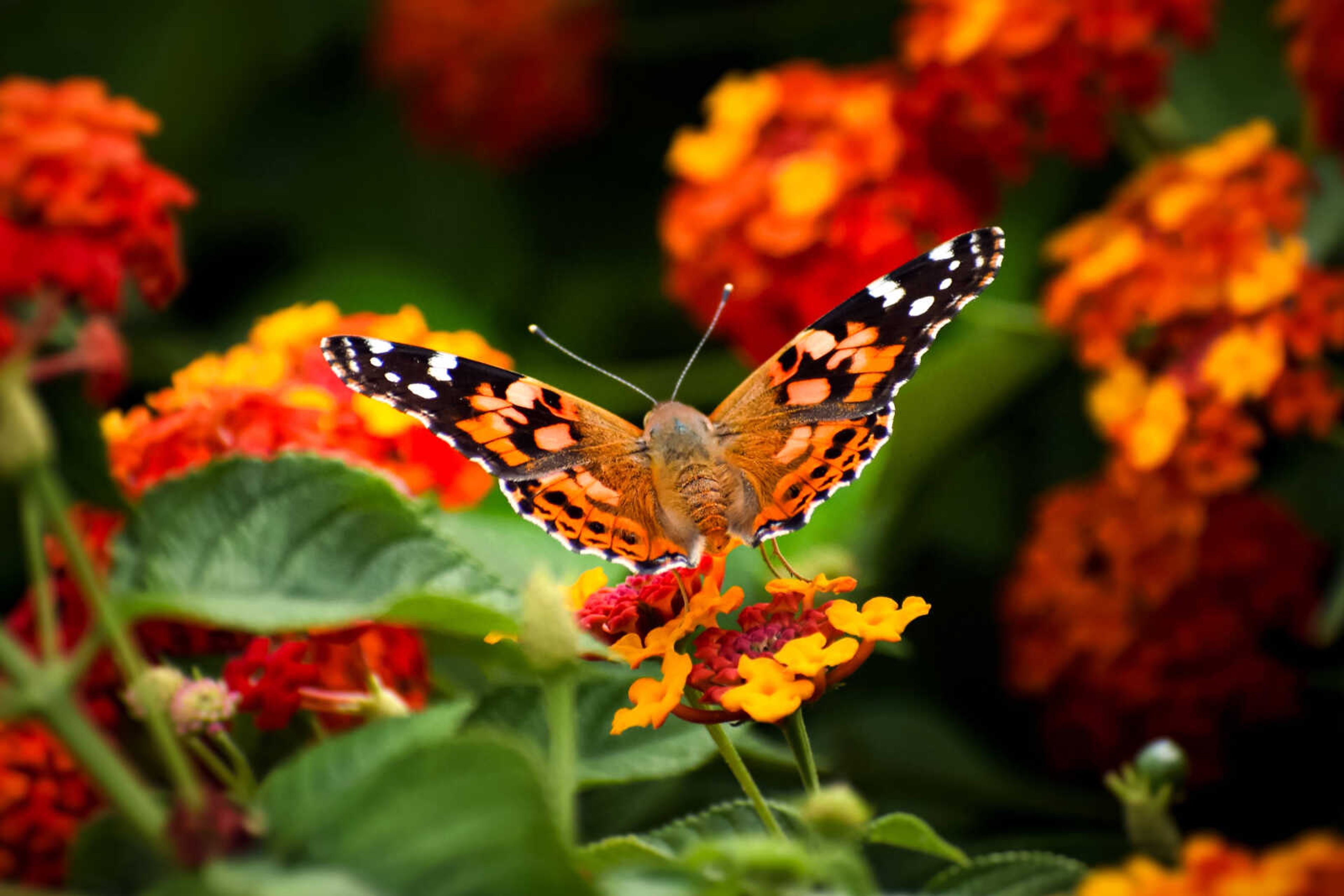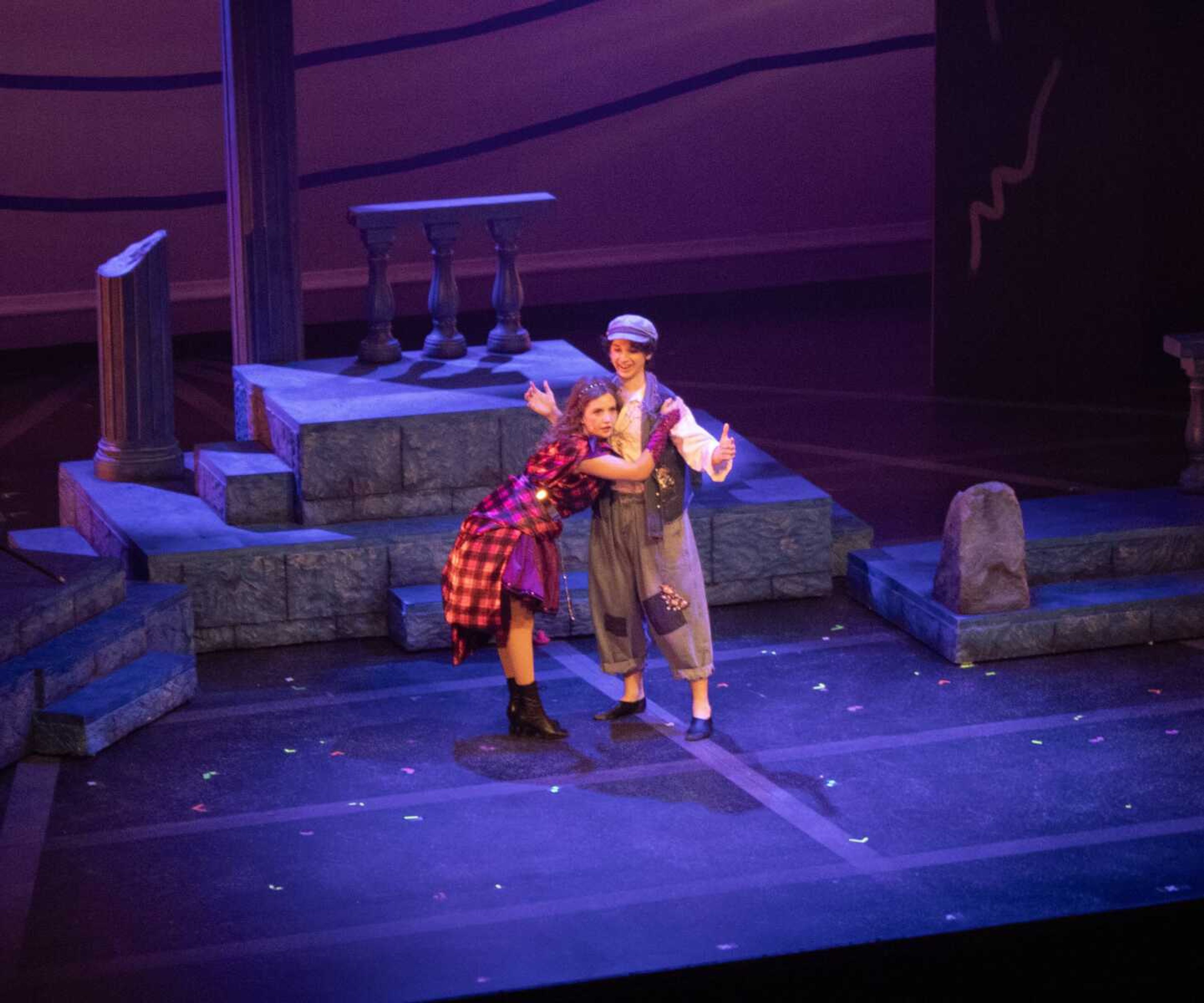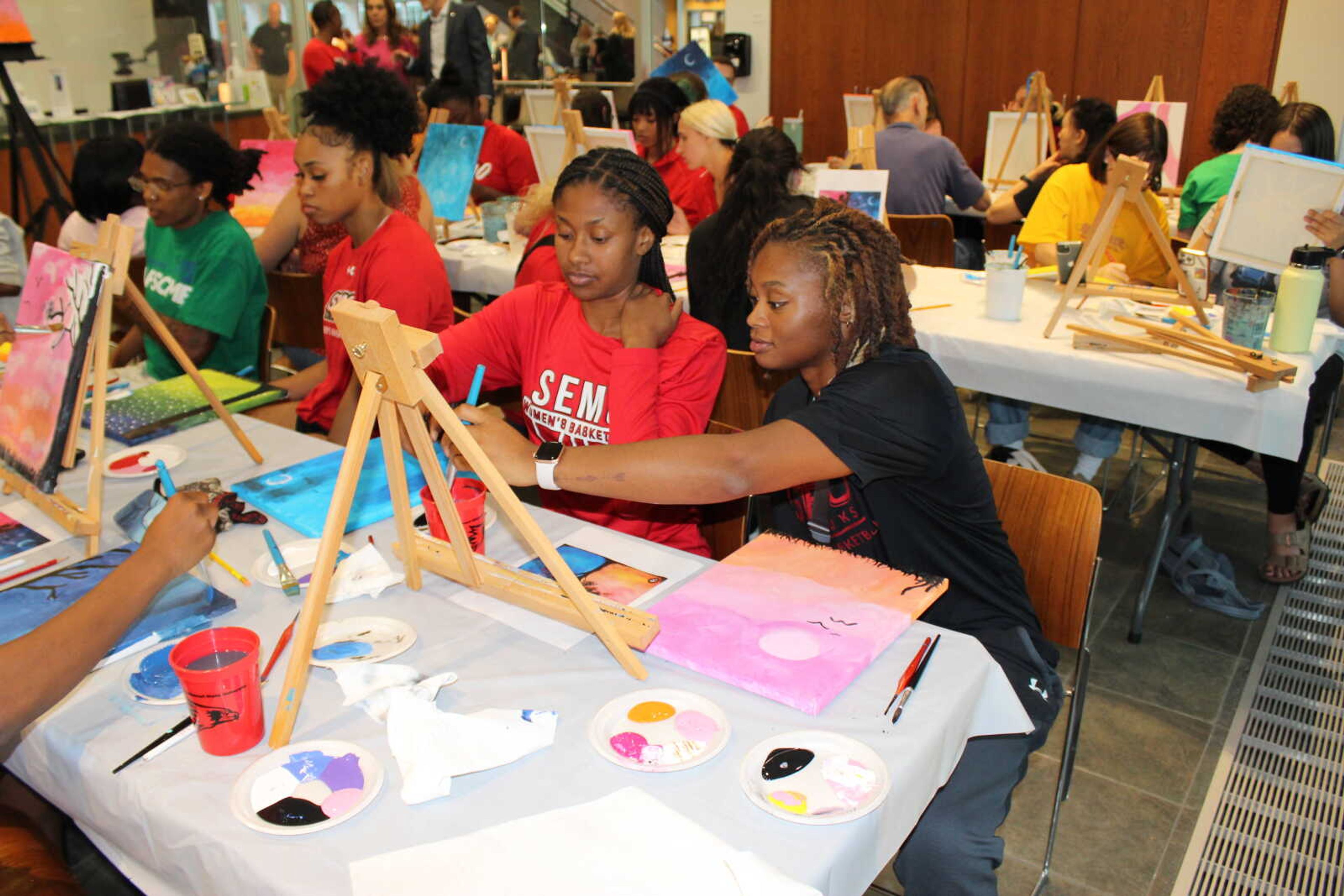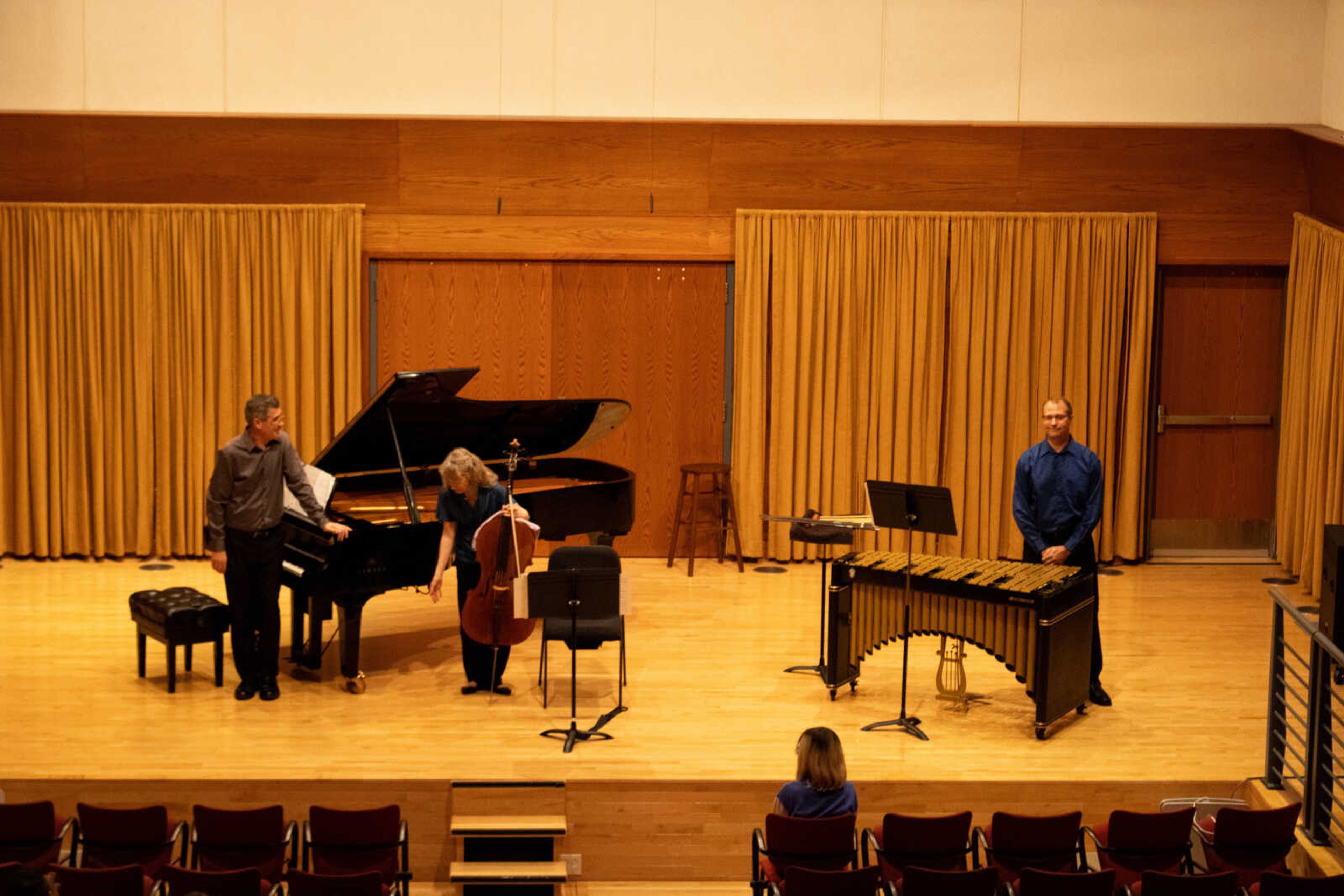Photography professor Wendy Cooper found the inspiration for her research with a group of students from Southeast Missouri State University on the peaks of Yosemite National Park.
The photographs she took there are now on display in the Rosemary Berkel and Harry L. Crisp II Museum for the Transition Spaces Series 14.1.
The Transition Spaces Series is strictly committed to artists who live within a 150-mile radius of Cape Girardeau.
"This particular space wasn't really being utilized because it's in the common area," museum director Peter Nguyen said. "So this is an ideal space for exhibiting artists who are within a 150-mile radius of Cape. This was an opportunity for the museum to showcase some of the artists who are in the area."
Nguyen said that the display area is the first thing that viewers see when they walk into the museum, even before the main gallery, so even though it's small, an artist gets to make a first impression.
Cooper had a Transition Spaces Series exhibit two years back with landscape photographs taken both in Savannah, Georgia, where she received her Master of Fine Arts, and along the Mississippi River -- an interpretation of the environment surrounding her. Nguyen was on board when she spoke with him about showcasing again.
Nguyen said he also chose Cooper's work because it paired well with Sparky Campenlla's exhibition that will be on display in the main gallery. Campanella and Cooper processed their work in much the same way. Like Cooper, Campanella printed his photographs on aluminum, though at a much larger scale of 40 inches by 50 inches.
Cooper's photographs on display are strictly shots from Yosemite when she travelled with a group of students for a week intensive-study trip, but her research is a larger body of work looking at the concept of the national park as a whole.
"I saw this body of work as just my first encounter with such a grand place," Cooper said. "Everything is so large out there and this is the definition of grandeur. I think, 'How am I possibly going to capture the grandeur with a camera?' So instead of trying to do that, I focused in more on, not only the sweeping scenes, but also some of the details that might have been missed along the way. It was just one little tribute to Yosemite."
The bigger question came in how she wanted the project to be interpreted, and it grew into a continued exploration of national parks and printing on metal.
"I think national parks are fantastic, but it's almost like we're saying, 'Well, this over here is nature and this over here is not,'" Cooper said. "For me, I think the national parks are such a great educational tool. Some of them can be abused by how many crowds come per year, but I also think that we should not separate ourselves from nature and see it as something as dangerous, as a lot of the population does."
Famous landscape photographer Ansel Adams inspired Cooper when she looked back at his work to preserve Yosemite, but even more so, it was the passion of her students.
"It was definitely more inspiring for me, having been a photographer for so long, thinking, you know, 'Gosh, how could I ever take anything different at this point in my career?'" Cooper said. "But seeing the newness through their eyes definitely inspired me and put a new spin on it."
Cooper hopes onlookers will observe her photographs as if they're really there. She said she learned from printing on aluminum that works of art don't always need to be confined within a frame; works of art "need to breathe." It helped the project come together as a whole and for the pieces to be expressed on more than an individual level.
"I wanted it to be more experiential," Cooper said. "I want them to feel like they have a sense of just a little bit of what it might be to kind of visit somewhere like that and to further appreciate the environment in general. Being an environmentalist, that's a big concern for me."
Cooper's exhibit will show until Saturday and is free and open to the public.
"It's always important to have artwork up, even during the summer and even though it's before the school year," Nguyen said. "It's an opportunity for artists to show their work to the community, to show their work to the people around them."
